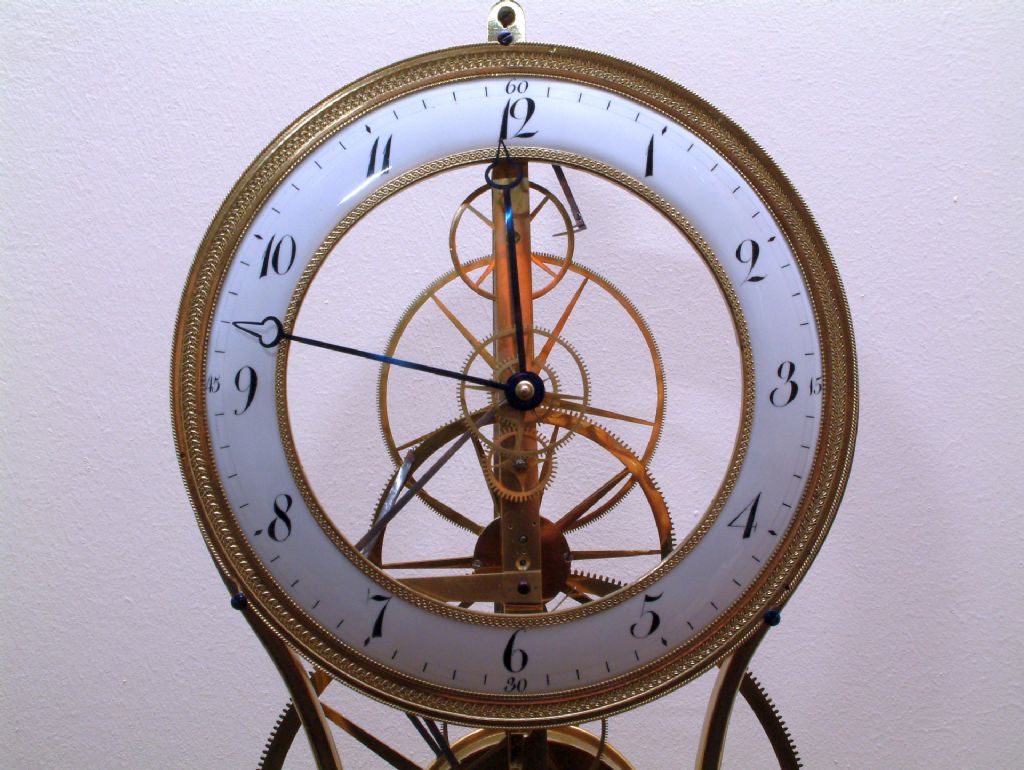Posted by Michael Gilligan on 15/08/2021 08:26:35:
…
The description is brief; but of course the fundamental requirement would be to have the wires parallel and equispaced. … So, I wonder how much effort must have gone into placing the holes neatly on three concentric circles ?
Unfortunately, the photo is not at high resolution; but it looks to be a fine piece of Scientific Instrument Making !
How would you have done it, with the tools of the day ?
… for comparison, here is a description of some ‘rectangular’ versions:
**LINK**
Dave's method would work, and is the only way I can think of producing a round diffraction grating to fit in the end of a telescope. (Rectangular gratings are rather easier to make once the kenyon paper has been read.)
The hard part is the accuracy required. Not difficult to make a rough grating if the purpose is only to demonstrate diffraction. Much harder to make a good grating for accurate measurements. Fine results demand the wires be accurately equidistant and accurately parallel, and I don't think an ordinary mill and DRO would do the job particularly well. I think the wires need to be much the same diameter too – accurarely made, and not stretched randomly when the grating is strung.
Really annoying, I can't give it a go. My workshop is full of boxes at the moment pending daughter leaving home, and I can't get at my tools or bench.
This paper has more on the theory. Went clean over my head at school! Don't bother reading it unless diffraction gratings are your thing.
Dave
 Michael Gilligan.
Michael Gilligan.




